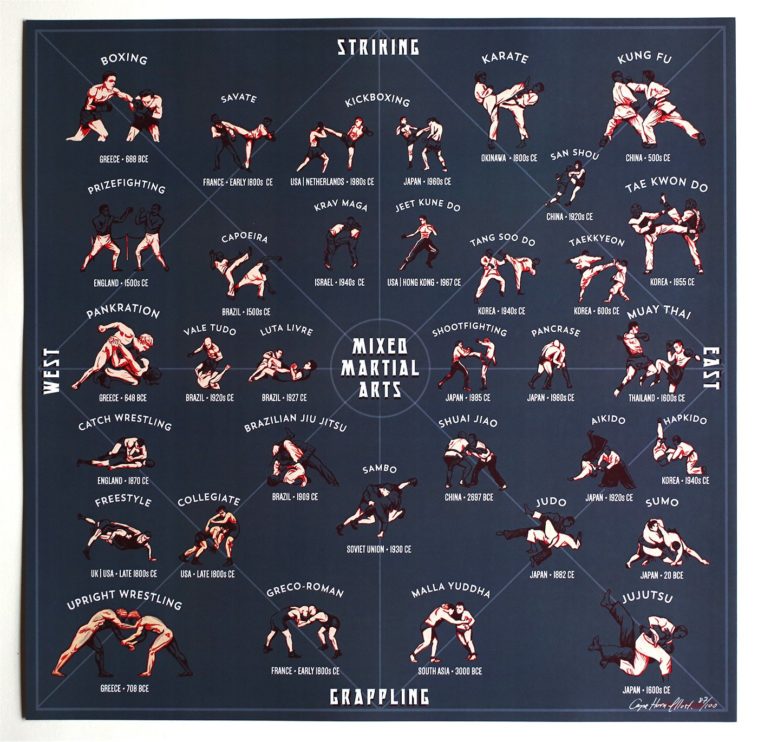Debunking The Different Fighting Style Styles: From Karate To Taekwondo
Debunking The Different Fighting Style Styles: From Karate To Taekwondo
Blog Article
Post Author-Borch Haastrup
Are you tired of sensation overwhelmed by the large globe of fighting styles? With so many designs to pick from, it can be easy to obtain shed in a sea of strikes, kicks, and strange names. Yet anxiety not!
This conversation will certainly demystify the various martial arts styles, taking you on a trip from the effective strikes of Martial arts to the vibrant kicks of Taekwondo. Prepare to uncover the origins, strategies, and approaches behind these old art forms.
So, tighten your belt and prepare to embark on an enlightening exploration into the fascinating world of fighting styles.
Beginnings of Martial Arts Styles
The beginnings of martial arts styles can be traced back to ancient civilizations and their need for self-defense and combat techniques. Throughout continue reading this , various cultures established their own one-of-a-kind techniques of battling, each with its own set of strategies and ideologies.
In China, for example, fighting styles designs such as Martial art and Tai Chi were developed as a way of self-defense and boosting physical and psychological wellness.
In Japan, the samurai warriors created styles like Martial arts and Judo, concentrating on discipline, precision, and mastery of the body.
Likewise, in Korea, Taekwondo emerged as a fighting style highlighting high kicks, fast movements, and psychological fortitude.
These very early worlds laid the foundation for the diverse array of fighting styles designs that exist today, each with its own abundant background and social relevance.
Techniques and Educating Methods
To grasp martial arts designs, specialists must learn different strategies and training approaches.
Techniques are the specific movements and activities utilized in battle, such as punches, kicks, tosses, and obstructs. Various martial arts styles have their very own special collection of strategies that professionals need to grasp via extensive training.
Training approaches differ depending on the style, yet they usually include a mix of physical fitness, drills, sparring, and types.
Physical fitness is important to develop stamina, flexibility, and endurance. Drills help professionals refine their methods and boost their rate and accuracy.
Competing allows specialists to practice their methods in a controlled, reasonable environment. https://trevorelvjv.blogrelation.com/38627987/keeping-enthusiasm-in-your-martial-arts-trip , also referred to as kata, are cut-and-dried sequences of motions that aid specialists develop muscular tissue memory and emphasis.
Approaches and Principles
Checking out the ideologies and principles of fighting styles styles can give you with a deeper understanding of your chosen self-control. Each martial art has its own distinct philosophy and set of leading principles that form the method it's exercised.
For instance, Martial arts emphasizes self-control, respect, and self-control. It teaches professionals to concentrate their minds and bodies, allowing them to protect themselves while maintaining a feeling of internal peace.
On the other hand, Taekwondo puts a strong emphasis on speed, dexterity, and adaptability. Its concepts are rooted in the tenets of courtesy, integrity, willpower, self-control, and indomitable spirit.
Verdict
Now that you've checked out the origins, methods, and ideologies of different fighting styles designs, you have a much deeper understanding of these ancient self-controls.
Visualize a young karate pupil, practicing with undeviating determination and emphasis, appearing boards with an effective strike.
Their journey showcases the dedication and toughness required to understand a martial art, advising us that with self-control and willpower, anything is feasible.
